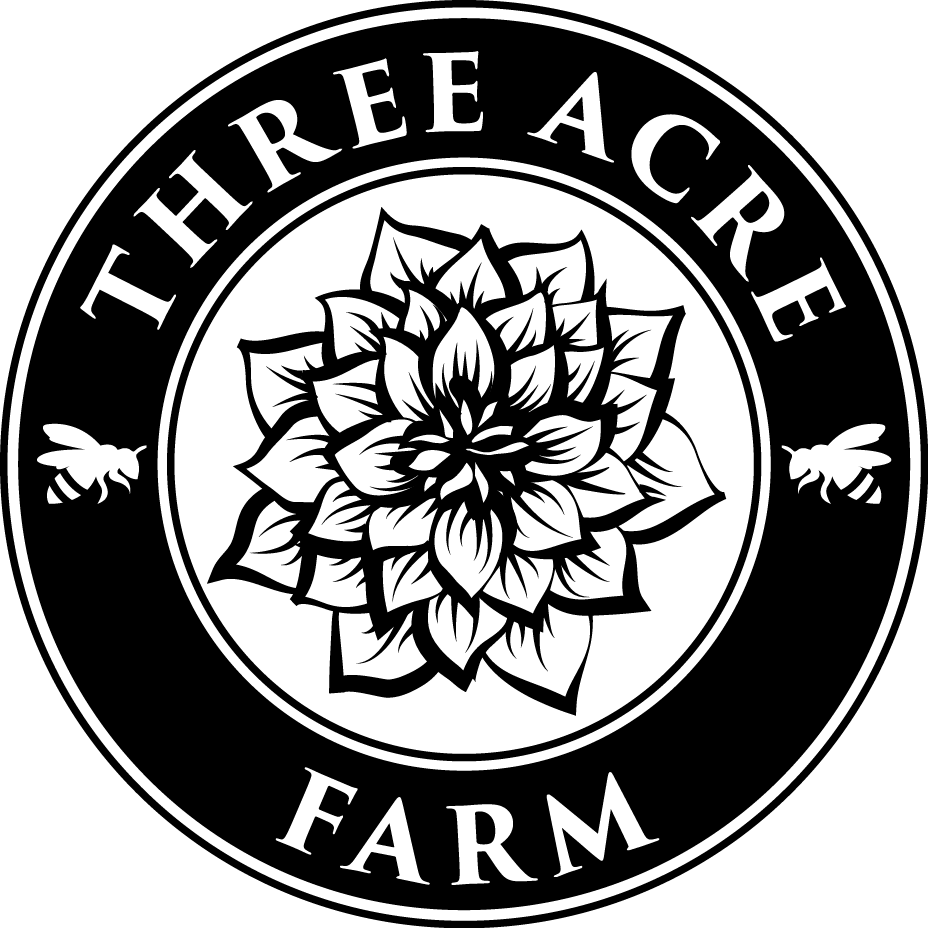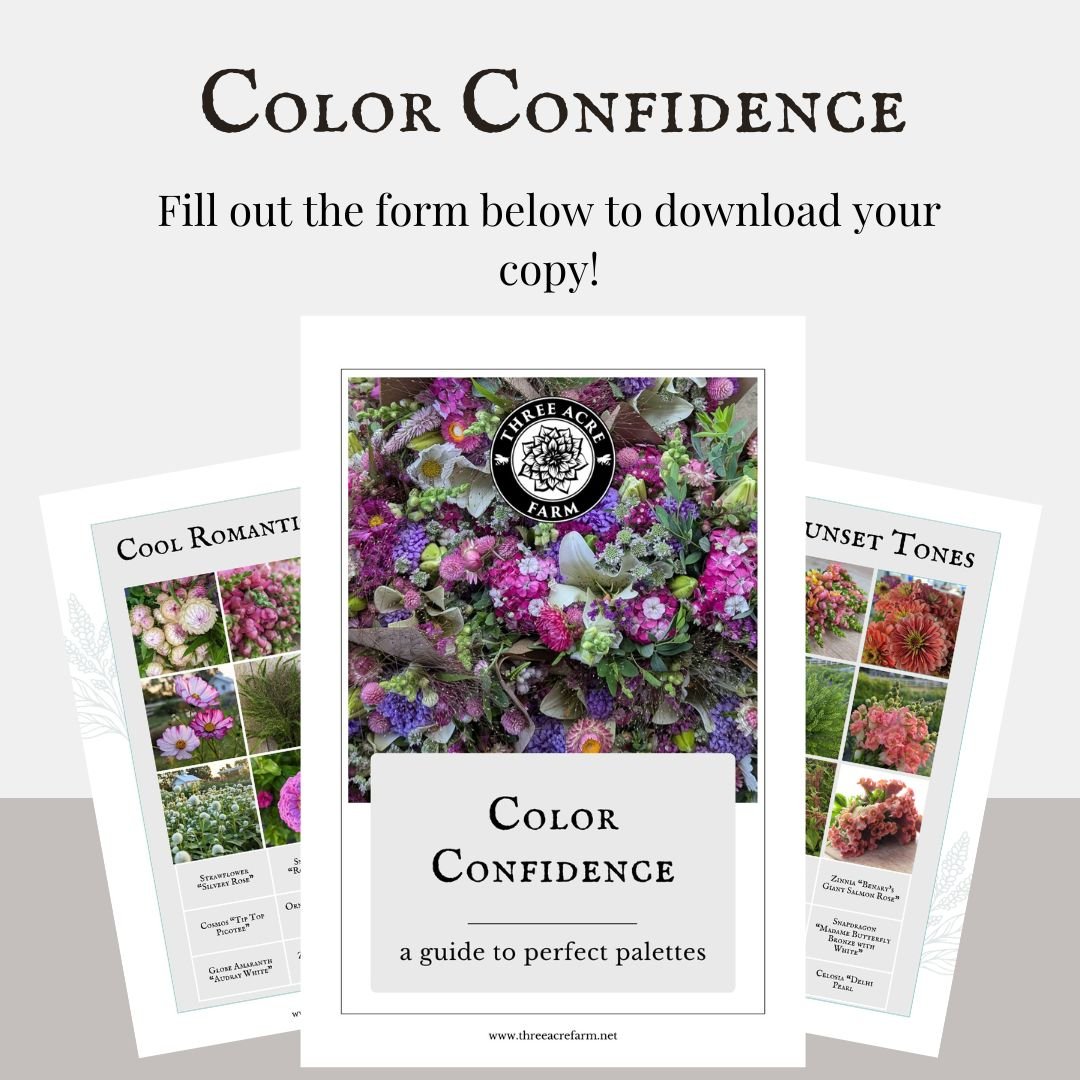Ultimate Color Palettes For Stunning Bouquets
When I first started growing cut flowers, I chose a bunch of random flowers in random colors and randomly planted them.
As you can expect… my bouquets looked pretty, well, RANDOM.
Random (adjective)
Definition:
1.a: lacking a definite plan, purpose, or pattern
b: made, done, happening, or chosen without method or conscious decision
Yup, that sounds about right!
No plan, method, pattern or conscious decision.
Now, don’t get me wrong. I do appreciate qualities such as whimsy, spontaneity and “happy accidents” (thank you very much, Bob Ross).
But I quickly realized that while random-looking bouquets were fun to make, I wanted something a little more… professional-looking.
Something that looked like a bit of thought and intention went into it!
The human eye/brain loves order, rhythm and pattern. Without those elements, the design can look cluttered, chaotic and disorganized.
After years of growing, harvesting and crafting thousands of bouquets, I finally figured out how to create pleasing bouquets based on COLOR palettes.
It all starts with being intentional about what COLOR flowers you choose you grow !
I’m here today to help you PLAN AHEAD and choose the best seeds in your favorite color palettes.
Psst… choosing a color palette INTENTIONALLY is what makes your bouquets look more pleasing, appealing, and well… professional!
On our farm, we work with 3 broad color palettes to craft beautiful and coherent bouquet designs that are pleasing to the eye and easy to put together.
While there are ALWAYS going to be variations in each bouquet depending on what’s available (it changes day by day!), most of our bouquets fit into one of the 3 following color palettes.
Warm Sunset tones: Flowers in warm tones, like peach, coral, apricot, salmon, buttery yellow, bronze, strawberry lemonade, sunset, etc (plus white, because white goes with everything!).
Cool Romantic tones: Flowers in cool tones, like pink, lavender, violet, silvery rose, rose, wine, blue, magenta, etc (plus white, because white goes with everything!)
Bright Bold tones: Flowers in bright tones, like red, magenta, violet, carmine, yellow-orange, maroon, orange, yellow, lime green, etc (plus white, because white goes with everything!)
Want a printable guide to help you formulate your color palette strategy?
You’re in luck!
I put together a beautiful resource to help you explore and plan your color palettes.
It’s called “Color Confidence: A Guide to Perfect Palettes”.
Inside your find:
Example Photos of Color Palettes
Photos of individual flowers, according to their color palettes
A printable list of flowers that fit into each color palette:
Warm Sunset tones
Cool Romantic tones
Bright Bold tones
Let’s look at some examples of color palettes so you can see how they work in real life….
Warm tones vs cool tones
Warm tones
Cool tones
Cool tones vs Bright tones
Warm tones vs Cool tones
Warm tones
Bright tones
Bright tones
Cool tones (with a few touches of bright! )
Once you have a color palette in mind, it’s so much easier to choose what seeds to grow.
You can be confident that when it’s time to harvest your blooms, your bouquets will look organized, sophisticated and visually appealing.
Side note: If you love random-looking bouquets, then you should 100% keep making them. You do you, friend!
Enjoy the Color Confidence Guide. All the flowers featured in the guide are available for purchase on our website.
You can buy seeds from all 3 palettes (there is some overlap!) or make your life super simple and stick to one palette.
Personally, I’m on Team “Warm Sunset Tones”! I can’t get enough! They blend so perfectly with my warm-toned Dahlias in September.
What’s YOUR favorite?










